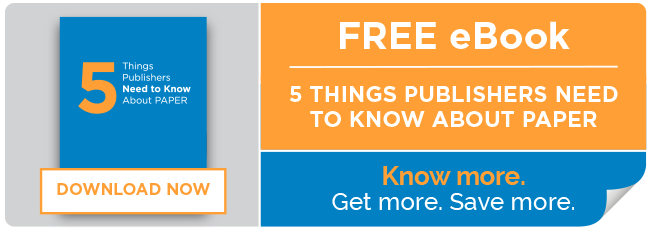Are you looking for ways to impact the bottom line on a high volume publication? Consider your fiber content. Historically publishers only used Freesheet papers for higher quality applications because of the reversion, or yellowing, of Groundwood papers.
Manufacturing advancements created a new category of paper: Hybrid.
HYBRID INNOVATION
The market demanded more options, and the paper industry knew there had to be a way to combine the two fiber types to deliver a blended product that provided cost savings while minimizing the amount of reversion. Exploring bleaching techniques, chemistry solutions and various ratios of fiber content and paper formulations, paper manufacturers created a Hybrid option that blended Freesheet and Groundwood content to optimize the best attributes of each fiber type. The result is a value alternative to Freesheet that meets quality expectations without the reversion associated with 100% Groundwood papers.
DEMONSTRATED PERFORMANCE
As a manufacturer that pioneered the development of the Hybrid category, we understand the importance of testing in our research and development process. In-house testing, our Hybrid paper reverted 50% less than the 100% Groundwood competitors. A significant quality gap closed and publishers now had another paper option to add to their portfolio.
DO IT YOURSELF KIT
Understanding the legacy of skepticism surrounding Groundwood papers and reversion, we created a do-it-yourself test. Order our Reversion Challenge Kit and you will get three paper samples (two Groundwood and one Hybrid). You are asked to expose the paper to a consistent source of light for 14 days. At the end of the test period, you will see for yourself the inherent stability of the new Hybrid formulation.
BONUS: Take our Paper Fiber Quiz and see how well you know your paper fiber!
Paper manufacturing is a lot like cooking; the ingredients have a big impact on the overall cost and quality of the finished product. When we look at fiber content, there are three basic types: Freesheet, Groundwood and Hybrid. Each has positives and negatives associated with its attributes. Take the test and see how well you know your fiber types!



